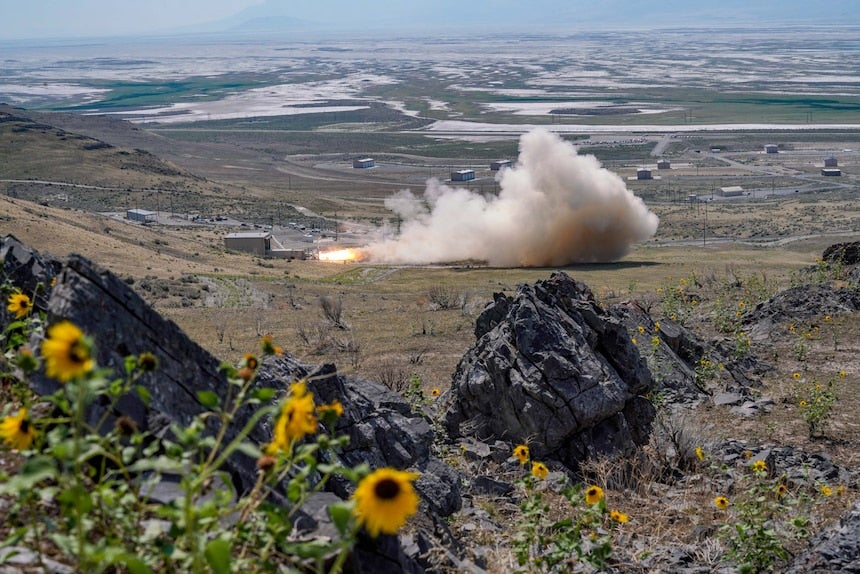
The US Navy’s Strategic Systems Program (SSP) has conducted an initial live fire test of the second-stage solid rocket motor (SRM) in Promontory, Utah.
Conducted on 25 August, the firing event is a major milestone in the development of a common hypersonic missile.
The US Navy is leading the design effort, while the army is overseeing the production effort for the Common-Hypersonic Glide Body.
It will be deployed by both the navy and US Army.
It has been conducted in support of the development of the US Navy’s conventional prompt strike (CPS) offensive hypersonic strike capability and the long-range hypersonic weapon (LRHW) capability of the US Army.
According to the US Navy, the second stage SRM will be combined with a Common Hypersonic Glide Body to create the common hypersonic missile.
The first stage SRM was conducted in the same location in May this year.
The army plans to field its ground-launched LRHW by the end of fiscal 2023, while the navy wants its ship-launched capability fielded in 2023 followed by a submarine-launched missile in 2024.
Hypersonic weapons will be capable of flying five times the speed of sound (Mach 5) and are capable of manoeuvring at different altitudes.
Last year, the US Navy outlined a more specific timing for the deployment of hypersonic weapons currently under development.
At that time, officials said that hypersonic deployment was a priority and would happen on submarines by 2025.



